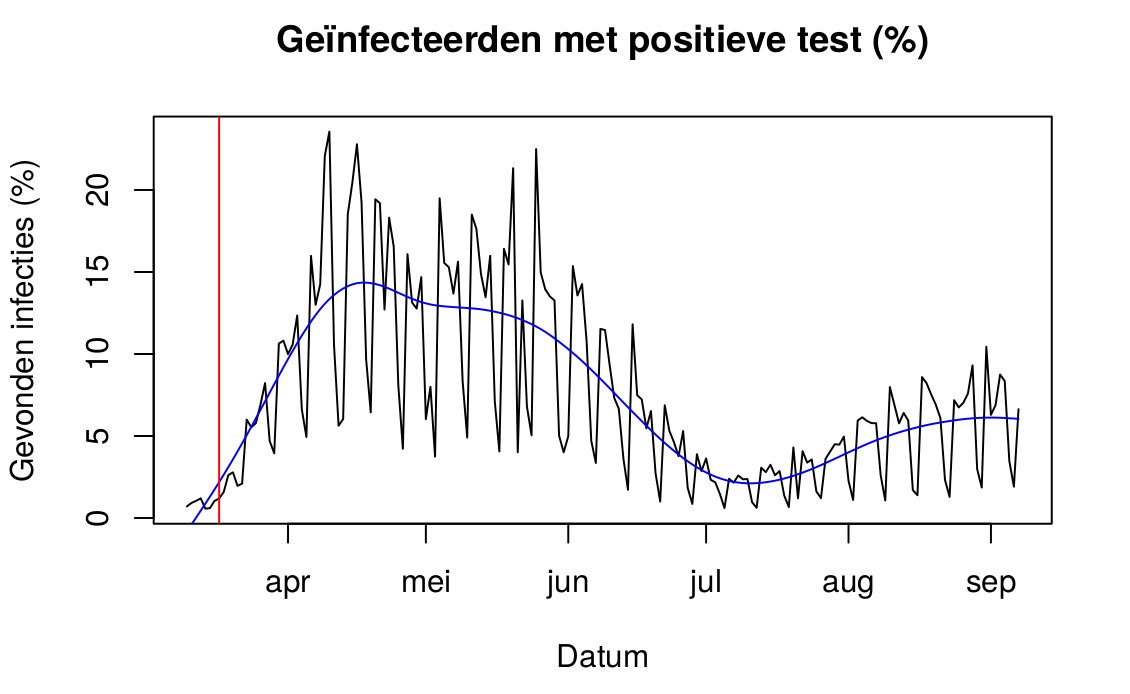
1/6 Wat Zweden was voor zij die de lockdown in maart overdreven vonden, lijkt Duitsland nu voor zij die de aanpak van onze overheid (en bij uitbreiding, alle andere Westerse landen) te laks vinden.
In beide gevallen is de waarheid niet zo spectulair.
In beide gevallen is de waarheid niet zo spectulair.
2/6 Wat Zweden betreft tijdens de eerste golf: ook daar was er een gedragswijziging (zie Google mobility data) die Re tot dicht bij of net onder 1 bracht. Zweden zijn van nature misschien ook iets 'afstandelijker'. medrxiv.org/content/10.110… 



3/6 Wat betreft Duitsland: het wezenlijke verschil tussen de aanpak van Duitsland en andere Europese landen was in februari. Toen deed Duitsland een intensieve en succesvolle test, trace & contain waardoor initiële uitbraken werden de kiem ingesmoord.
ourworldindata.org/covid-exemplar…
ourworldindata.org/covid-exemplar…
4/6 Tegelijk werd bij ons de initiële import vanuit Italië rond half februari niet opgemerkt en kon het virus zich ongehinderd verspreiden. Bij het begin van de lockdown had Duitsland naar schatting 5 à 10x minder besmettingen per inwoner in vergelijking met België.
5/6 De lockdown duurde ongeveer even lang en was ongeveer even effectief in Europese landen (excl. Zweden). Daardoor eindigde Duitsland met 5 à 10x minder infecties per inwoner in juli. Die voorsprong houden ze tot nog toe vast. Maar ook bij hen is Re ~ 1.1 a 1.2 sinds juli. 

6/6 Dus ook bij hen is een stijging van alle cijfers onvermijdelijk: er bestaat geen wondermindel. Dat is ook de analyze van hun staatsviroloog. "We didn’t do anything particularly well. We only did it earlier"
pledgetimes.com/virologist-chr…
pledgetimes.com/virologist-chr…
• • •
Missing some Tweet in this thread? You can try to
force a refresh














